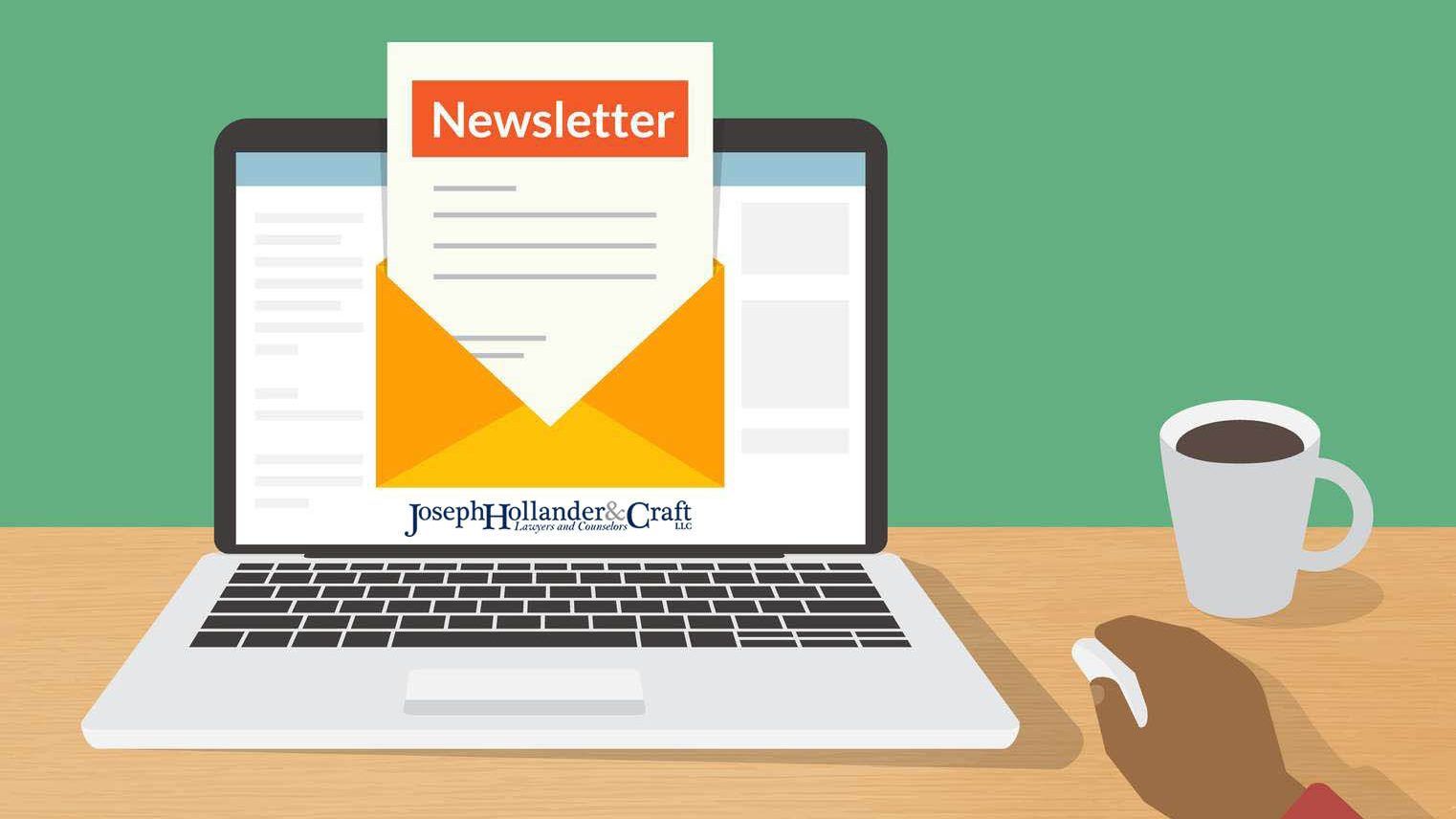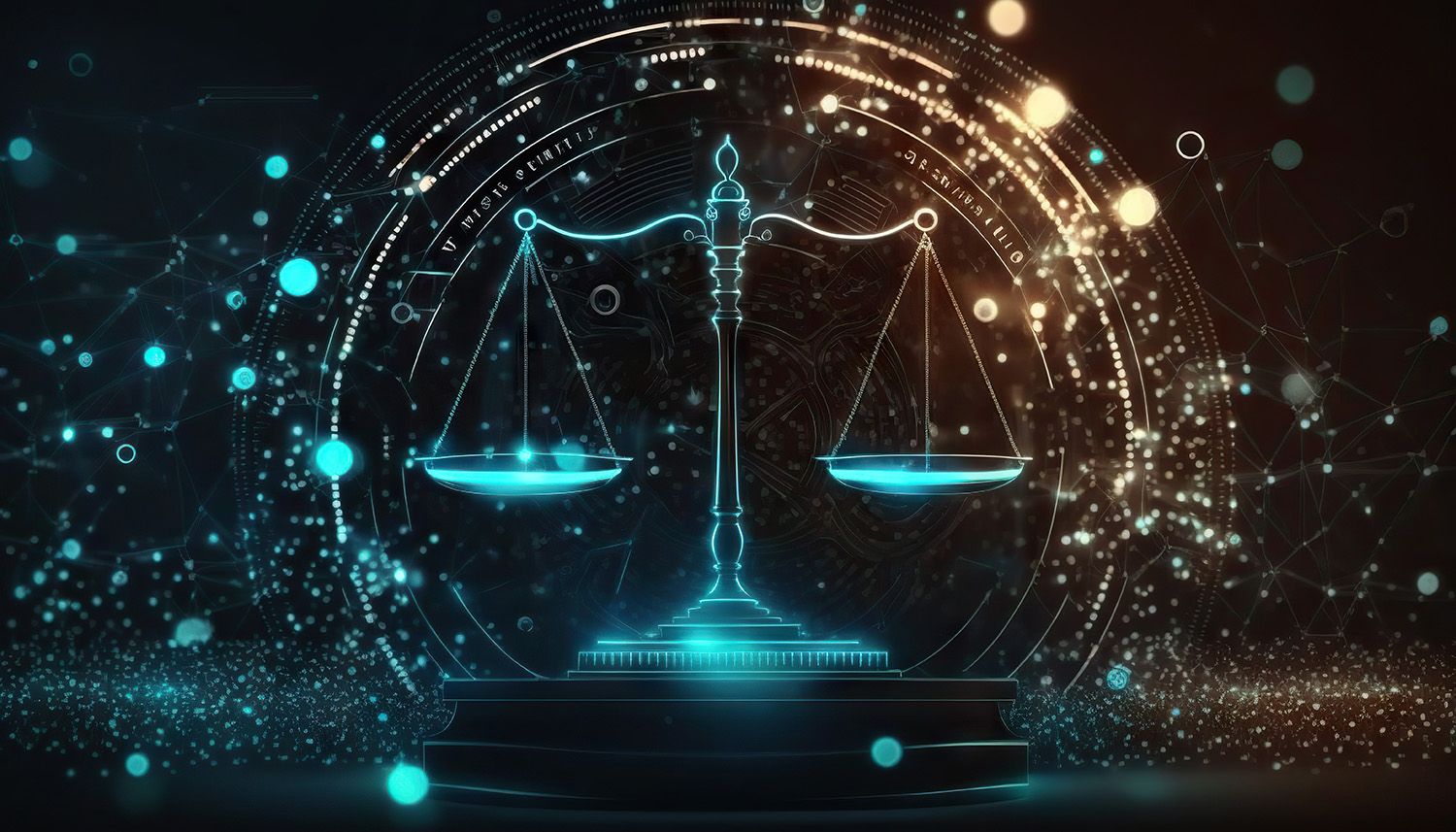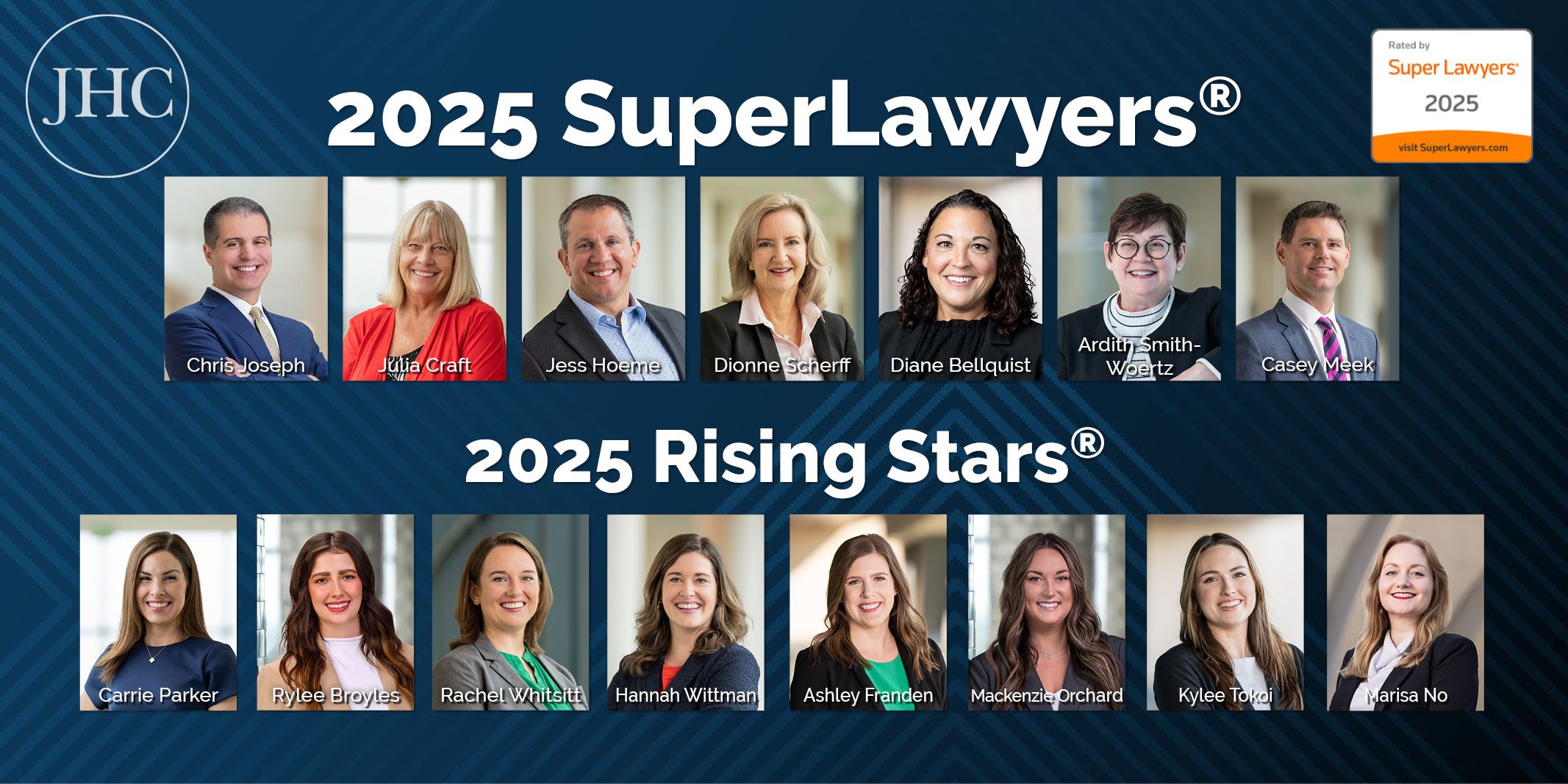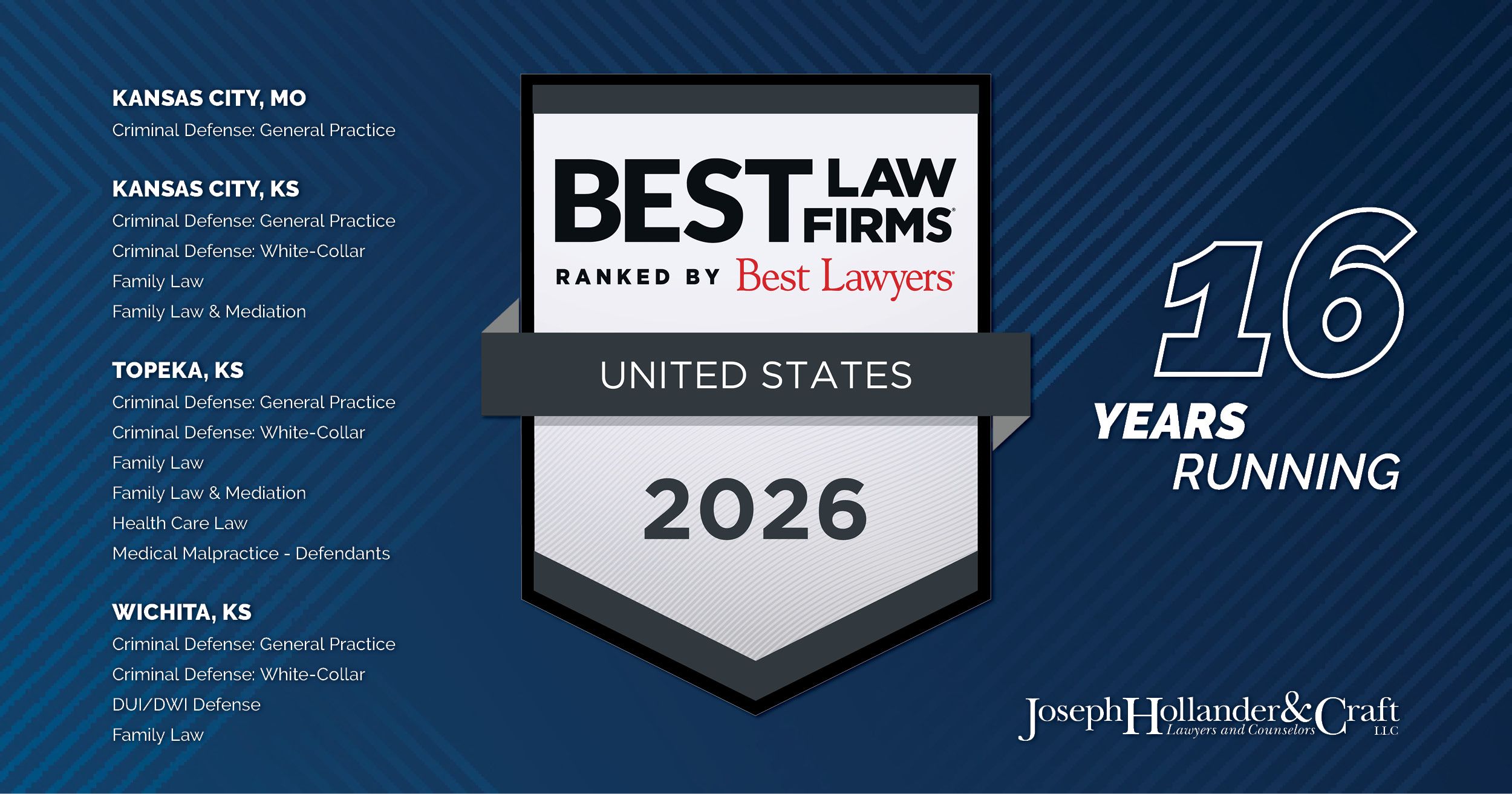LEGAL ETHICS & MALPRACTICE REPORTER
Vol. 1 August 31, 2020 No. 9
TABLE OF CONTENTS
Featured Topic: Prospective Clients & Rule 1.18
Authority: Lawyer-to LawyerEthicsConsultation: Rule1.6(b)(2)
Tech Tip: VPN: A Secure Way to Access Data Ethics and Malpractice Research Tip: PR & Malpractice Blogs
A Blast from the Past: Frank A. Hooker’s “Duties of a Lawyer”
FEATURED TOPIC
PROSPECTIVE CLIENTS & RULE 1.18
Rule 1.18 sets out special rules regarding a lawyer’s obligations to “prospective clients.” Rule 1.8(a) sets out the definition of a “prospective client”:
A person who consults with a lawyer about the possibility of forming a client-lawyer relationship with respect to a matter is a prospective client.
Why do we need a rule about “prospective clients”? The answer lies, in part, in a practice that became common about a decade ago and in which prospective clients, mainly corporations, used Rules 1.7, 1.9, and 1.10 to prevent law firms from representing other corporations against them in hostile takeover and similar situations. It worked this way: a corporation decided that it wanted to engage in a hostile takeover (or was a target of a potential hostile takeover) and decided that it needed representation. The corporate leadership in this situation wanted to obtain the best lawyers to represent their corporation but, also, to prevent other leading law firms from representing their possible adversary. To achieve this end, the corporation would send out an invitation to a number of law firms known to be expert in this field of practice and invite these firms to interview with them to determine who would represent them. These interviews were often called a “beauty contest.” Firms would send lawyers to these interviews. At these interviews corporate executives, as part of the discussion with the lawyers, would reveal confidential information about the corporation and its plans. After the interviews were complete, the corporation would choose one fortunate firm to represent them. It would also inform the other firms that they were conflicted out of representing any adverse parties in the matter because they had acquired confidential information.
Whether, in fact, these other law firms were actually conflicted out of representing adverse parties was unclear—because it was unclear whether a lawyer-client relationship between the corporation and the law firms had been created during the initial interview. The Rules do not define when a lawyer-client relationship begins; that is generally left to state law. If a lawyer-client relationship was created in these interviews, then Rule 1.6 would require that the law firms maintain client confidences and the conflicts rules would require that the firms not represent adverse parties to the corporation whose information had been revealed during the interviews. Rule 1.18 was devised and adopted to eliminate this uncertainty. Of course, Rule 1.18 is not limited to the situation described here and applies generally to any initial interview between a lawyer and a potential client. Knowing the context within which the Rule was conceived is important, because it highlights the problems that may arise in initial interviews with prospective clients.
1:9 LEGAL ETHICS & MALPRACTICE REPORTER 3 Rules 1.18(b) and 1.18(c) set out the general ethical limits on lawyers involved in initial interviews with prospective clients:
(b) Even when no client-lawyer relationship ensues, a lawyer who has learned information from a prospective client shall not use or reveal that information, except as Rule 1.9 would permit with respect to information of a former client.
(c) A lawyer subject to paragraph (b) shall not represent a client with interests materially adverse to those of a prospective client in the same or a substantially related matter if the lawyer received information from the prospective client that could be significantly harmful to that person in the matter, except as provided in paragraph (d). If a lawyer is disqualified from representation under this paragraph, no lawyer in a firm with which that lawyer is associated may knowingly undertake or continue representation in such a matter, except as provided in paragraph (d).
Comment 2 to Rule 1.18 clarifies situations in which Rules 1.18(b) and 1.18(c) will apply. First, it sets out some initial guidance for lawyers as to how to avoid application of the Rule:
A person becomes a prospective client by consulting with a lawyer about the possibility of forming a client-lawyer relationship with respect to a matter. Whether communications, including written, oral, or electronic communications, constitute a consultation depends on the circumstances. For example, a consultation is likely to have occurred if a lawyer, either in person or through the lawyer’s advertising in any medium, specifically requests or invites the submission of information about a potential representation without clear and reasonably understandable warnings and cautionary statements that limit the lawyer’s obligations, and a person provides information in response.
This comment is extremely important. First, it defines when someone becomes a prospective client for purposes of the Rule. This may occur when a lawyer interacts with someone not only in person but, rather, by a writing or electronic communication. This echoes case law in many states that indicate that a lawyer-client relationship may be formed through writing or through the web pages in certain circumstances. For purposes of Rule 1.18, a person becomes a prospective client when the lawyer “requests or invites” someone to provide information without using suitable language to tell the individual that she should not provide confidential information, that such information will not be protected by Rule 1.6 or 1.9 and that no relationship, either a lawyer-client or lawyer-prospective client relationship exists or will be formed until the lawyer and the individual specifically agree to such a relationship. This comment makes it clear that lawyers must be extremely careful in the wording of advertisements or on web pages if an individual might believe that she is being invited to submit confidential information as a result of reading the advertisement or web page.
1:9 LEGAL ETHICS & MALPRACTICE REPORTER 4
If a lawyer does take proper precautions, Comment 2 states that the individual responding to an advertisement or other communication will not become a prospective client and, therefore, Rule 1.18 will not apply:
In contrast, a consultation does not occur if a person provides information to a lawyer in response to advertising that merely describes the lawyer’s education, experience, areas of practice, and contact information, or provides legal information of general interest. Such a person who communicates information unilaterally to a lawyer, without any reasonable expectation that the lawyer is willing to discuss the possibility of forming a client-lawyer relationship, is not a “prospective client” within the meaning of paragraph (a).
Lawyers should focus on the phrase “reasonable expectation” in this statement. The case law on whether a lawyer-client relationship is formed looks to whether an individual had a “reasonable expectation” that the relationship had been formed. These cases generally look to see whether cautionary language rendered a client’s belief that a lawyer-client relationship unreasonable. The use of this same phrase in Comment 2 suggests that lawyers seeking to prevent the application of Rule 1.18 to certain communications may use cautionary language from case law finding a potential client’s belief that a lawyer-client relationship had been formed was unreasonable.
Comment 2 also provides explicit protection to lawyers against the schemes that led, in part, to the adoption of Rule 1.18:
Moreover, a person who communicates with a lawyer for the purpose of disqualifying the lawyer is not a “prospective client.”
Comment 3 and 4 explain that, in many cases, a lawyer may need to learn client confidential information in order to determine whether she has a conflict problem with another present or future client. In such a case, Comment 3 states:
Paragraph (b) prohibits the lawyer from using or revealing that information, except as permitted by Rule 1.9, even if the client or lawyer decides not to proceed with the representation. The duty exists regardless of how brief the initial conference may be.
Here, again, is a warning that lawyers must heed. There is no de minimis exception under Rule 1.18 for short interviews. If client confidences are revealed, then Rule 1.18 will apply. Comment 4 clarifies this issue further by explaining that lawyers may well want to condition an initial interview with a client to limit the disclosure of confidential information:
1:9 LEGAL ETHICS & MALPRACTICE REPORTER 5
Where the information indicates that a conflict of interest or other reason for nonrepresentation exists, the lawyer should so inform the prospective client or decline the representation. If the prospective client wishes to retain the lawyer, and if consent is possible under Rule 1.7, then consent from all affected present or former clients must be obtained before accepting the representation.
Finally, Comment 5 raises the possibility that a lawyer may tell a potential client that she will discuss representation only if the potential client grants a conflicts waiver:
A lawyer may condition a consultation with a prospective client on the person’s informed consent that no information disclosed during the consultation will prohibit the lawyer from representing a different client in the matter. See Rule 1.0(f) for the definition of informed consent. If the agreement expressly so provides, the prospective client may also consent to the lawyer’s subsequent use of information received from the prospective client.
If there were no exceptions to these general rules and the conditions described in Comments 3, 4, and 5 could not be met, lawyers would often have serious ethical risks when interviewing a prospective client since any disclosure of confidential information would raise conflict of interest problems were the lawyer not retained by the prospective client. Rule 1.18(d), however, does provide a limited exception to Rules 1.18(b) and 1.18(c):
When the lawyer has received disqualifying information as defined in paragraph (c), representation is permissible if:
(1) both the affected client and the prospective client have given informed consent, confirmed in writing, or:
(2) the lawyer who received the information took reasonable measures to avoid exposure to more disqualifying information than was reasonably necessary to determine whether to represent the prospective client; and
(i) the disqualified lawyer is timely screened from any participation in the matter and is apportioned no part of the fee therefrom; and
(ii) written notice is promptly given to the prospective client.
Rule 1.18(d)(1) would be the simplest solution to a conflict arising with a prospective client but is also the most unlikely to be practicable. Many clients and prospective clients will not want to give informed consent in writing or any other way to a lawyer when a conflict arises.
1:9 LEGAL ETHICS & MALPRACTICE REPORTER 6
Thus, in conflict cases that arise under Rule 1.18, the most likely solution will be to attempt to qualify for the Rule 1.18(d)(2) exception. This requires three things from the affected lawyer.
First, to qualify for the Rule 1.18 exception a lawyer must go into every initial consultation sensitive to the possibility of a Rule 1.18 problem and take “reasonable measures” to limit the amount of confidential information that is disclosed to that which is absolutely necessary to determine whether to undertake the representation. In practical terms, this means that a lawyer should provide the client with a detailed warning about limiting the amount of confidential information she might disclose. I would suggest that a lawyer in this situation provide the potential client with this warning in writingbefore the initial confrontation and then repeat the warning orally at the commencement of the consultation. In this way, a lawyer challenged under Rule 1.18 will have documentary evidence of the measures she took to avoid unnecessary disclosures.
Second, a lawyer who is the recipient of confidential information as a result of receiving client confidential information subject to Rule 1.18 must be “screened” from any contact with the matter in question and cannot receive any fees from the matter. As Comment 10 notes, generally Kansas courts have not recognized the efficacy of “screening” to solve conflicts problems, but “screening” will be permissible for the limited purposes of Rule 1.18. This means that a lawyer who receives confidential information in this context must be prevented from having access to any information relating to the matter. Further, Rule 1.18(d) prohibits the lawyer from receiving any portion of the fees received in the case, although the lawyer may receive a salary or fees from other cases. Comment 7 states that:
[the] lawyer may not receive compensation directly related to the matter in which the lawyer is disqualified.
Although the result of this requirement may be harsh on the lawyer involved, it prevents other lawyers in the firm from being conflicted out of the case pursuant to Rule 1.10. Finally, in order to take advantage of the Rule 1.18 exception, the lawyer must provide written notice to the prospective client of the situation and of the steps being undertaken pursuant to Rule 1.18(d).
Rule 1.18(d) has made both initial in-person consultations and written and online consultations dangerous for lawyers who do not follow the rule’s requirements. Since virtually every practicing lawyer routinely engages in such consultations, every lawyer should be familiar with Rule 1.18 and ensure that all of its requirements are met to avoid the very serious negative consequences that might ensue by failure to do so.
1:9 LEGAL ETHICS & MALPRACTICE REPORTER 7 AUTHORITY
LAWYER-TO-LAWYER ETHICS CONSULTATION: RULE 1.6(b)(2)
There are times when a lawyer may be concerned with an ethical issue in the course of representing a client. In such a situation the lawyer may not have anyone within her firm to consult or may be a solo practitioner and need to seek the advice of someone outside her firm. If such consultation will require disclosure of confidential client information, this will raise issues as to how to seek such advice and still maintain the confidentiality of client information required by Rule 1.6(a). Rule 1.6(b)(2) provides the means by which a lawyer may engage in such consultation:
A lawyer may reveal such information to the extent the lawyer reasonably believes necessary:
(2) to secure legal advice about the lawyer’s compliance with these Rules.
Comment 8 to Rule 1.6 states:
A lawyer’s confidentiality obligations do not preclude a lawyer from securing confidential legal advice about the lawyer’s personal responsibility to comply with these Rules. In most situations, disclosing information to secure such advice will be impliedly authorized for the lawyer to carry out the representation. Even when the disclosure is not impliedly authorized, paragraph (b)(2) permits such disclosure because of the importance of a lawyer’s compliance with the Rules of Professional Conduct.
Comment 24 adds to Comment 8:
Paragraph (b) permits disclosure only to the extent the lawyer reasonably believes the disclosure is necessary to accomplish one of the purposes specified. Where practicable, the lawyer should first seek to persuade the client to take suitable action to obviate the need for disclosure. In any case, a disclosure adverse to the client’s interest should be no greater than the lawyer reasonably believes necessary to accomplish the purpose. If the disclosure will be made in connection with a judicial proceeding, the disclosure should be made in a manner that limits access to the information to the tribunal or other persons having a need to know it and appropriate protective orders or other arrangements should be sought by the lawyer to the fullest extent practicable.
Rule 1.6(b)(2) tells a lawyer that she may seek ethical advice from another lawyer outside her firm and Comments 8 and 24 make it clear that she should do so in a manner that limits the disclosure of confidential information to the extent possible. But, beyond that, the
1:9 LEGAL ETHICS & MALPRACTICE REPORTER 8
rule and the comments are not helpful. For further guidance it is useful to turn to A.B.A. Formal Opinion 98-411 issued by the A.B.A. Standing Committee on Professional Responsibility and Ethics on August 30, 1998. This opinion is titled “Ethical Issues on Lawyer to Lawyer Consultation.” At the time this opinion was issued, Rule 1.6(b)(2) did not specifically permit lawyer to lawyer consultations on ethical matters, but the opinion remains useful nonetheless. The most important guidance the opinion gives for lawyers seeking ethical advice from another lawyer outside her own law firm is that she should: (1) assure herself the other lawyer is not adverse to her client and does not present conflicts problems; (2) limit the amount of confidential information she provides to that absolutely necessary to get the advice she needs (see Comment 24. Above); (3) frame the facts in hypothetical terms so as to protect the identity of her client if at all possible; and (4) obtain “assurances” from the lawyer being consulted to maintain the confidentiality of any information disclosed in the course of the consultation. The opinion also suggests getting the informed consent of the client. Though it would certainly be useful if possible in the situation, this may not be necessary under the current Rule 1.6(b)(2).
Why is such consultation on ethics issues so important that it merits a specific exception under Rule 1.6? The answer is fairly simple. Compliance with the Rules of Professional Conduct is a basic requirement for lawyers to practice law. Lawyers are generally assumed to be competent in the law, including the Rules of Professional Conduct. Nevertheless, there will be times when even experienced lawyers may not feel certain as to the ethical dimensions of a matter that has arisen in the course of a representation. Rule 1.1 on competence advises, amongst other things, that a lawyer who does not feel competent in a matter should seek help from a more experienced lawyer in such cases. It is difficult to imagine a situation when this advice would be more appropriate than when a lawyer is uncertain of the ethical ramifications of a matter in which she is involved. Hence, Rule 1.6(b)(2) and ABA Opinion 98-411 provide a means by which a lawyer in this situation can get help and resolve her uncertainty.
TECH TIP
VPN: A SECURE WAY TO ACCESS DATA
by Matthew Beal, JD, MCSE, MCP, A+, SEC+
Working remotely on client matters presents an enhanced challenge to the confidentiality requirements of the rules of professional conduct, but technology can minimize this challenge. One of the safest methods for securely accessing remote data is through the use of a Virtual Private Network, or VPN. There are many types of VPNs available. What makes them common is their utility–a remote user can access corporate data and resources as if she were in the corporate location. This allows the user to work remotely while still maintaining a protected environment for corporate resources.
1:9 LEGAL ETHICS & MALPRACTICE REPORTER 9
A VPN is considered an ideal solution because, in theory, it prevents a ‘man in the middle’ attack by a nefarious user. Man in the middle attacks arise when a corporate data transfer is either unsecured or poorly secured, allowing a nefarious user to intercept and decode transmitted data either as it is transmitted or along the route to your computer. A VPN program creates a secure virtual tunnel between the remote user and the corporate resource. This tunnel is virtual, meaning that its route to corporate can be programmatically or automatically changed each time it is utilized. Conditions such as internet traffic saturation, specific corporate requirements, or the program used can impact the virtual route used. Additionally, the data sent or received is encoded in such a manner as to prevent a nefarious user from decrypting the data even if it were to be intercepted during transmission. The different servers that the VPN utilizes between the firm and the remote user are unlikely to trace or record connecting information. The network tunnel hides the encapsulated data, rendering any recorded information less reliable.
The VPN connection is private in the sense that its use requires some method of authentication to transmit encoded data. As discussed in an earlier Tech Tip, there are many ways to secure data through encoding that render its decoding nearly impossible. With a VPN, the only connection point allowed for the remote user is the corporate resource. Thus, access requires a specific key or some other detail to access the firm server. As with a commercial VPN, the data accessed is accessed through the connecting firm server. A corporate based VPN will download data to its local corporate servers keeping the confidentiality of client information.
It is important to differentiate a VPN connected to your corporate environment and one connected to a commercial provider’s environment because there are differences that will impact the security of your files. In either instance, the VPN terminus will download your files as you browse them. A corporate configuration means that the secure channel, or tunnel, is in fact secure from the end user to the firm environment. A VPN offered by your cell phone provider, however, terminates at the cell phone provider’s servers. In that instance, any web pages or documents transmitted are likely not encrypted from the source to the provider’s servers. In addition, this allows the service provider to scan the documents and web pages to provide you an “enhanced” browsing experience. In sum, using a cell phone provider as the VPN does not provide the same security as using your corporate provider’s VPN.
Because maintaining client confidentiality is paramount, remote firm users should be utilizing a VPN connection anytime they are remotely accessing firm resources. The VPN connection must be private, meaning that the remote connection terminates at the firm. And the connection needs to be untraceable, meaning that the connecting servers either do not collect your transfer information or the VPN program creates a tunnel that prevents the connecting servers from identifying the traffic.
1:9 LEGAL ETHICS & MALPRACTICE REPORTER 10
ETHICS & MALPRACTICE RESEARCH TIP
PR & MALPRACTICE BLOGS
In addition to the Legal Ethics & Malpractice Reporter, there are a number of other online resources for researching ethics and malpractice. Whether you need an answer to a particular question or simply want to keep up with new developments in the field, blogs can be very useful.
The place to start any quest for legal ethics and malpractice related blogs is Justia.BlawgSearch, https://blawgsearch.justia.com/blogs/categories/legal- ethics. This metablog provides up-to-date information on law-related blogs, arranged by subject matter. Virtually every blog on any legal subject will be found on this site—including the leading blogs on legal ethics and professional responsibility. These can be further divided into two categories: (1) blogs that deal with ethics and malpractice issues generally; and (2) blogs that deal with particular state issues in legal ethics or malpractice liability.
Among the more general blogs, the following are especially worthwhile:
- Legal Ethics Forum: http://www.legalethicsforum.com/blog/
- Legal Profession Blog: http://lawprofessors.typepad.com/legal_profession/
- Nancy Rappaport’s Blog: http://nancyrapoport.blogspot.com (This blog goes beyond ethics and malpractice, but the wit underlying the entries is fantastic.)
- Legal Malpractice Lawyer: https://www.legalmalpracticelawyer.com Three blogs that focus on particular jurisdictions consistently produce excellent material:
- Chicago Legal Malpractice Lawyer:https://www.chicagolegalmalpracticelawyerblog.com[Published by Clinton Law Firm]
- New York Legal Malpractice Lawyer:https://blog.bluestonelawfirm.com[Published by Andrew Bluestone Law Firm]
- Boston Legal Malpractice Lawyer:https://www.bostonlegalmalpracticelawyer.com.
Enjoy your blog reading!
1:9 LEGAL ETHICS & MALPRACTICE REPORTER 11 BLAST FROM THE PAST
FRANK A. HOOKER’S “DUTIES OF A LAWYER”
More than one hundred years ago, Michigan Supreme Court Justice Frank A. Hooker offered these wise words on the converging duties of a lawyer as an advocate, an officer of the court, and a steward of the law:
It would be deplorable indeed, if a lawyer felt that he was under an obligation to his client to maintain positions which do not accord with his notion of law and justice simply because they tend to his client’s advantage. The lawyer owes a duty to the court, to himself and to society and the conduct of those who have entered the highest positions in our profession prove that he cannot render the most efficient service to his client if he fails in the performance of these other duties.
Sprague v. Moore, 136 Mich. 426, 99 N.W. 377 (Mich. 1904) (also quoted in Edwin Bolte, Ethics for Success at the Bar 66 (1928)).
Published by JOSEPH, HOLLANDER & CRAFT LLC Edited by MIKE HOEFLICH












